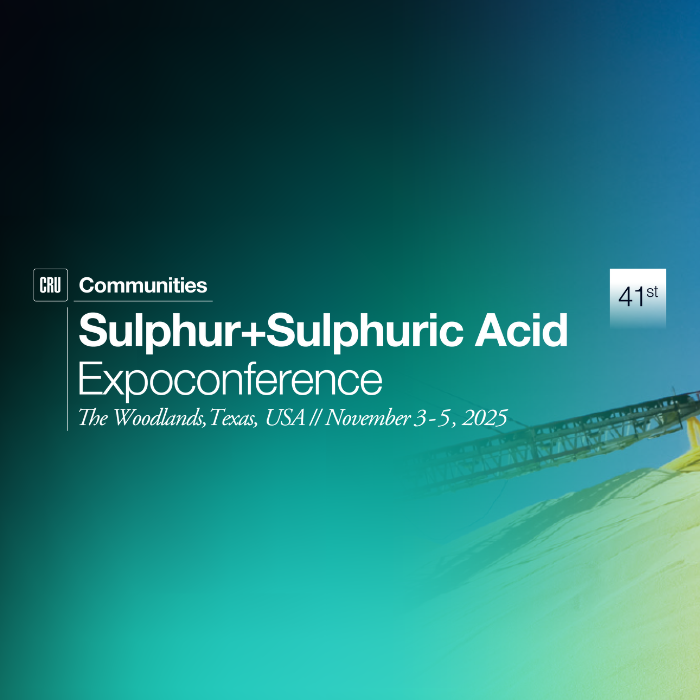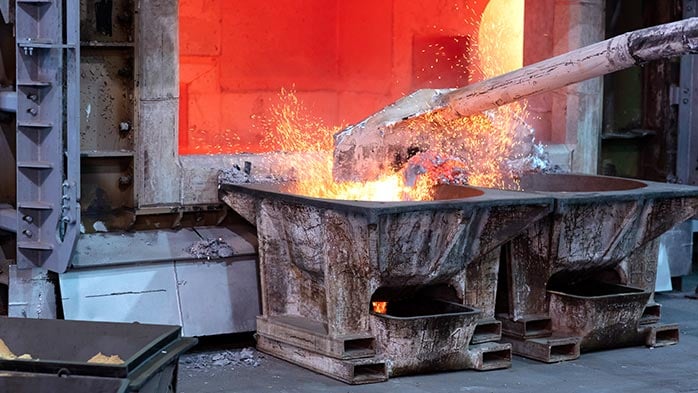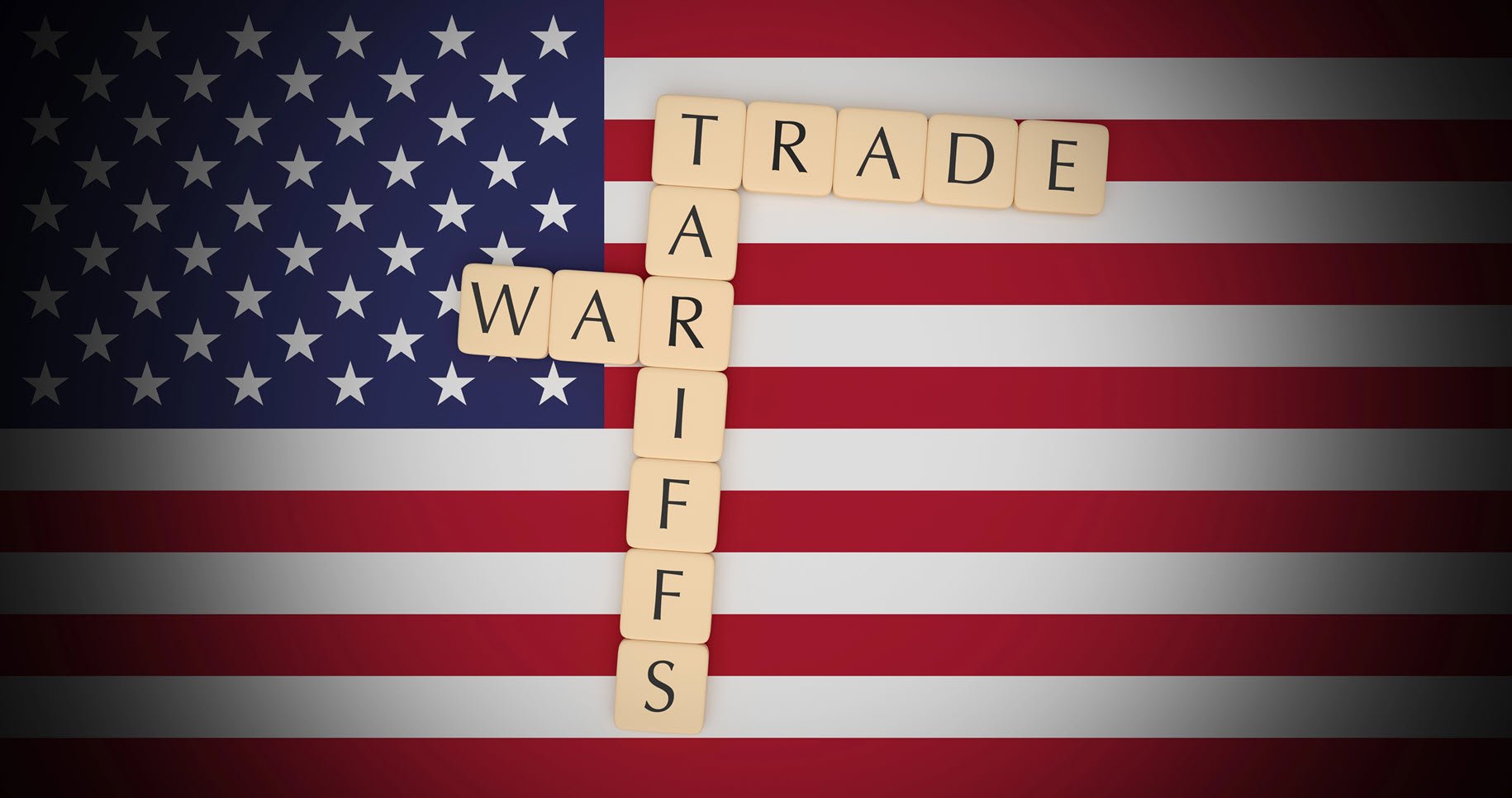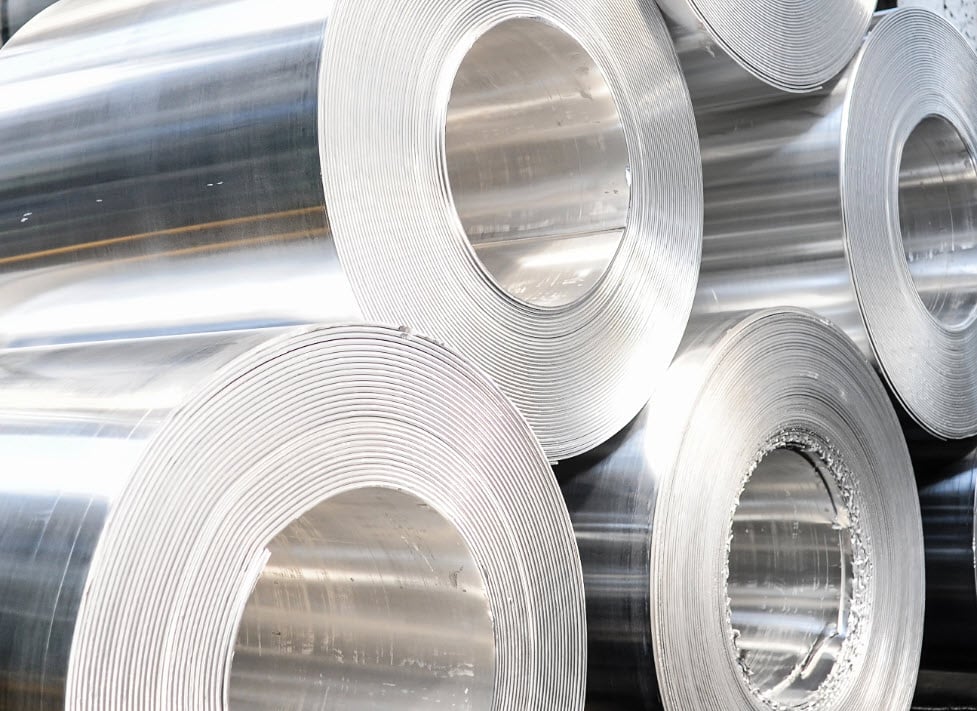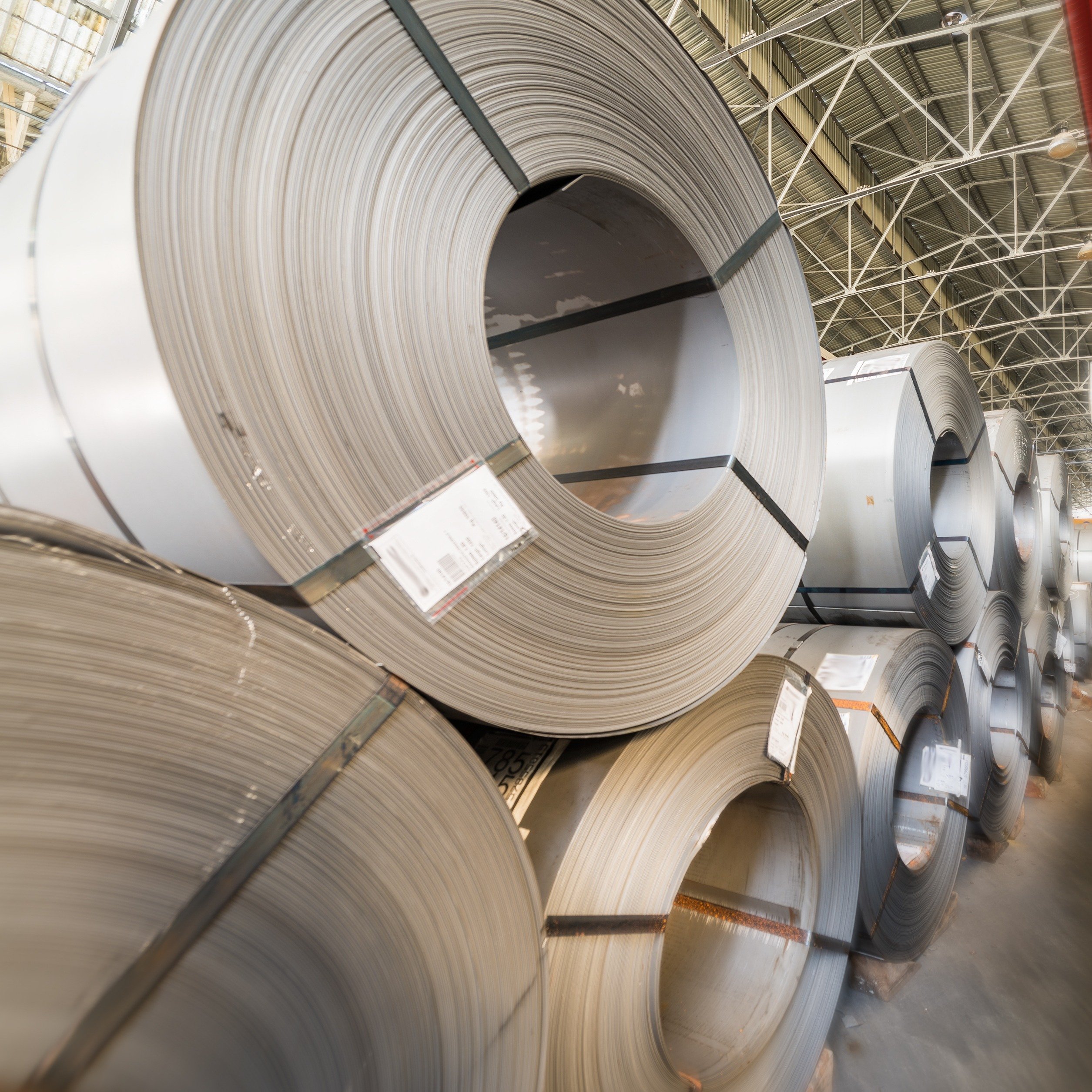Commodity price volatility is back in the spotlight as trade and export barriers, geopolitical tensions and conventional fundamentals trigger wide price fluctuations. CRU has long covered the supply, demand and prices of commodities spanning the mining, metals and fertilizer industries. CRU assesses almost 800 indices across these markets, each with their own nuances that influence price direction. This insight, which will be updated throughout the year, highlights some of these price moves and the influences behind them.
Most commodity prices are higher since the start of the year
Most markets have seen prices rise year-to-date. However, most commodities remain below 2020–2024 averages. This is somewhat reflective of broader industry sentiment. Market participants see higher prices on the back of wide-ranging trade barriers and disruptions, and a correction from declines in 2023. However, these gains are not anticipated to soar to the highs reached in 2022, following widespread supply disruption on Russia’s invasion of Ukraine.
Export barriers – a catalyst for higher prices
Export bans have been the common theme among commodities that have seen sharp price rises so far this year. Minor metals bismuth, antimony and indium continue to soar on the back of China’s export bans. In February, China’s Ministry of Commerce (MOFCOM) announced more strict export controls for critical minerals, which were first implemented in 2023.
Cobalt prices are also moving sharply higher on export bans from the Democratic Republic of Congo. Even with recent gains, current prices remain well below the prior five-year average, though momentum is expected to continue over the coming weeks and months.
Sulphur prices are flying beyond all prior expectations, supported by a temporary shortage of Middle East supply and robust demand from Indonesia.
Copper TC/RCs reach negative levels
Copper TC/RCs (treatment and refining charge) have fallen into negative territory for the first time since CRU began assessments in 2007. This means copper smelters are now paying a premium for spot market concentrate – a rare phenomenon.
Alumina prices have corrected lower after being one of the top performing commodities of 2024. The rate of the correction has been rapid, with domestic China prices now at the lowest level since December 2023.
Ammonia prices are also sliding as new supply looms and demand remains stagnant, despite unfavourable production economics in Europe. For more coverage, watch our webinar with Bloomberg Intelligence on ‘building a market for low-carbon ammonia’.
Tariffs: The most beautiful word – for arbitrage opportunities
Regional price differences across commodities have been stark throughout 2025. The spread between merchant aluminium prices in Europe and the US Midwest has been widening following the announcement of tariffs in the US. This occurrence has been evident in other metals markets, but also potash.
Unlock commodity market advantage with CRU services
CRU’s breadth of price coverage – and most importantly, the insight and analysis behind them – is unique, independent and respected. If you would like to better understand how CRU’s services can help your company position for market gyrations, negotiate with counterparties, and be a trusted data point for contract settlements, please get in touch.





